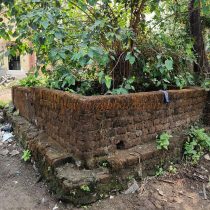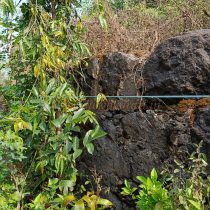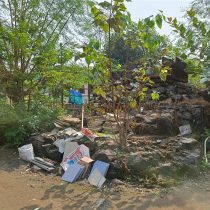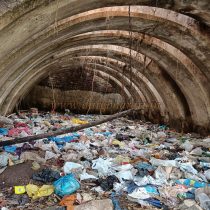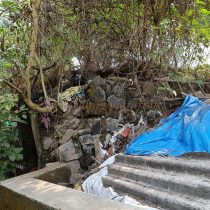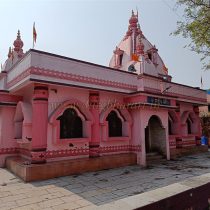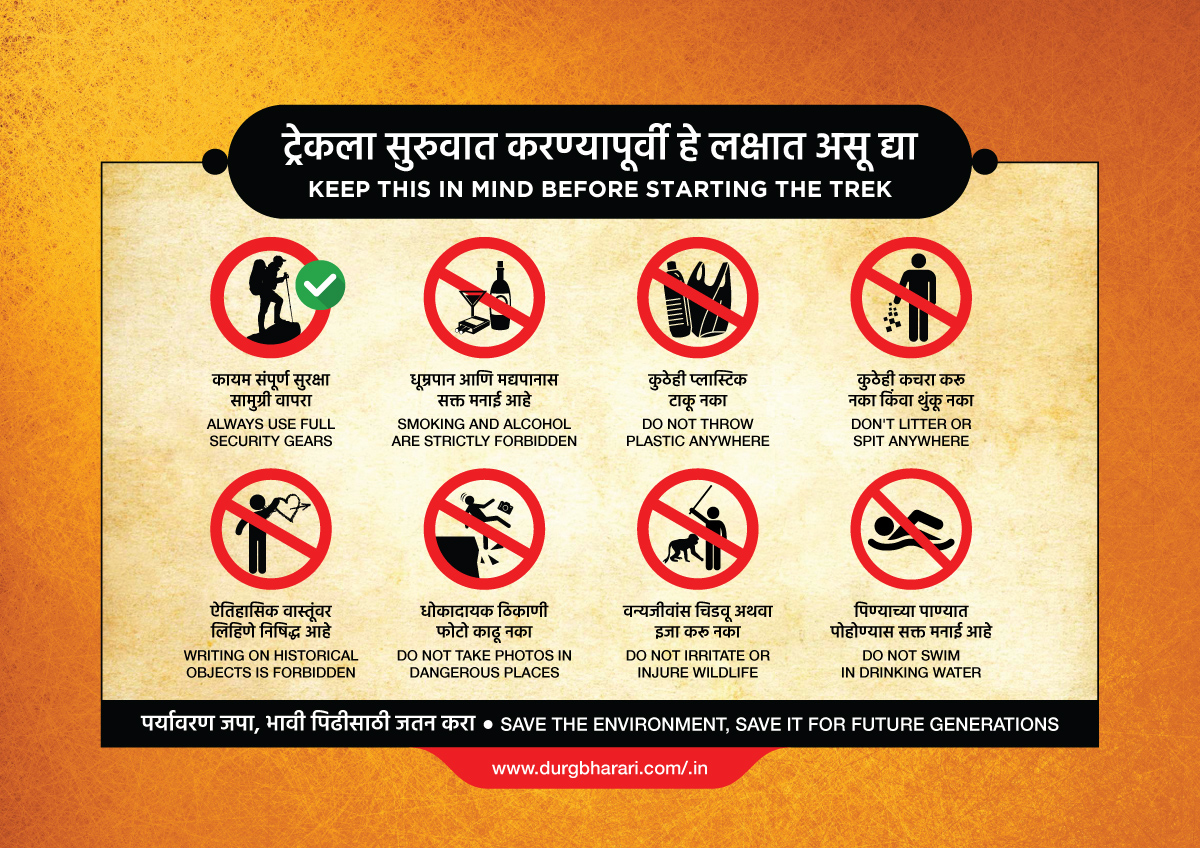URAN KOT
TYPE : GROUND FORT
DISTRICT : RAIGAD
HEIGHT : 0
GRADE : EASY
Due to the increasing population, many ground forts have been taken over by the local population and in some places the Nagarkot which were sometimes outside the city have now been included in the city. As many such forts are not visible today, they are considered to have been completely destroyed, while in some places there are remains of these forts, although their exact location has not been determined, so these forts have been declared as destroyed. One such unfamiliar ground fort that has not been noticed by the fort lovers is Uran Fort. Entering the city of Uran, the name “Kotnaka” makes us aware that fort (Kot) was once here. When locals are asked about this fort, they point to Dronagiri and say that there is no fort here or that it has been completely destroyed. Due to this alone, this fort is considered to have been destroyed and is not mentioned anywhere except in history.
...
But this story is completely untrue and even today we can see some remnants of this fort. To visit Uran Fort, one has to come to Uran town which is in Raigad district. The distance from Panvel to Uran is 28 km and from Panvel to Uran there is good facility of ST bus as well as private vehicle. When you come to Kotnaka area in Uran city, the remains of this Fort are located near the plain ground, some distance from the building of Uran fish market. Now this place is indicated as Uran fort on google map. When you come to this place, you first see a small rectangular water tank on the right side. There is a water spring in this tank built of stone and lime and the water from this tank is still used by locals for construction. At some distance from this tank, in the area between two houses, there is a fallen circular bastion six feet high and adjacent to this bastion are the remains of the ramparts. The remaining ramparts are about 30-40 feet long, 4 feet wide and 6 feet high. At some distance from this ramparts, there is a semi-circular shaped warehouse, and the construction of this warehouse is similar to the one at Dronagiri fort. At present, there is a large amount of waste accumulated in this warehouse and it needs conservation. But it should be noted that this entire area is privately owned. Apart from the four remains of the fort ramparts, a bastion, water tanks and barns, no other remains are visible. 15 minutes is enough to explore this area of Fort. Looking at the overall location of the Fort, it seems that this Fort, which was once outside the city, may have come closer to the city due to the increasing urbanization. Uran village is situated in the central part of Karanja Island which is separated from the mainland by Bhendakhal Bay. The ancient name of Uran city was Urun or Urane. It is believed that the city got its name Uran from the goddess Uranavati of the nearby Chanje village. Caves on Gharapuri Island near Uran indicate the antiquity of the city. The Dronagiri fort on the hill in front of Uran village was under the control of the Yadav’s of Devgiri. In the 16th century, when this fort was under the rule of AdilShah, in 1530 AD, the Portuguese captured Dronagiri Fort and Karanja Island using the ships Laures and Lewis. While repairing the Dronagiri fort, the Portuguese built the ground fort of Uran. Being the shield of the Dronagiri fort, this fort has withstood the first attack on itself. In 1682 AD, Sambhaji Maharaj took possession of Uran and Karanja Island after breaking the siege of Chaul-Revdanda beat by the Portuguese. It is seen that English officer Kejwin wrote about this in a letter written to the King of England on 28 January 1684, but in the frenzy after Aurangzeb's ride, Uran and Karanja were again captured by the Portuguese. After this, during Chimaji Appa's Vasai campaign in 1739, on 10th March 1739, Manaji Angre brought 2000 people from 40 boats and attacked Karanja Island and after 5 days of siege, Uran fort and surroundings and Dronagiri fort were won from the Portuguese. When the island of Karanja was captured, the captain of the island, José Luis de Silva, was accompanied by a force of 100 soldiers, of whom 3 soldiers were killed. In 1775, Colonel Keating's forces captured Karanja Island and Uran and the region came under British rule forever.
Note- According to an article in the local newspaper here, it is written that there is a door of this fort in the Dukkarkhar area as well as the broken remains of the door on the main road, but I could not see them anywhere as the total area was searched by us.
© Suresh Nimbalkar


